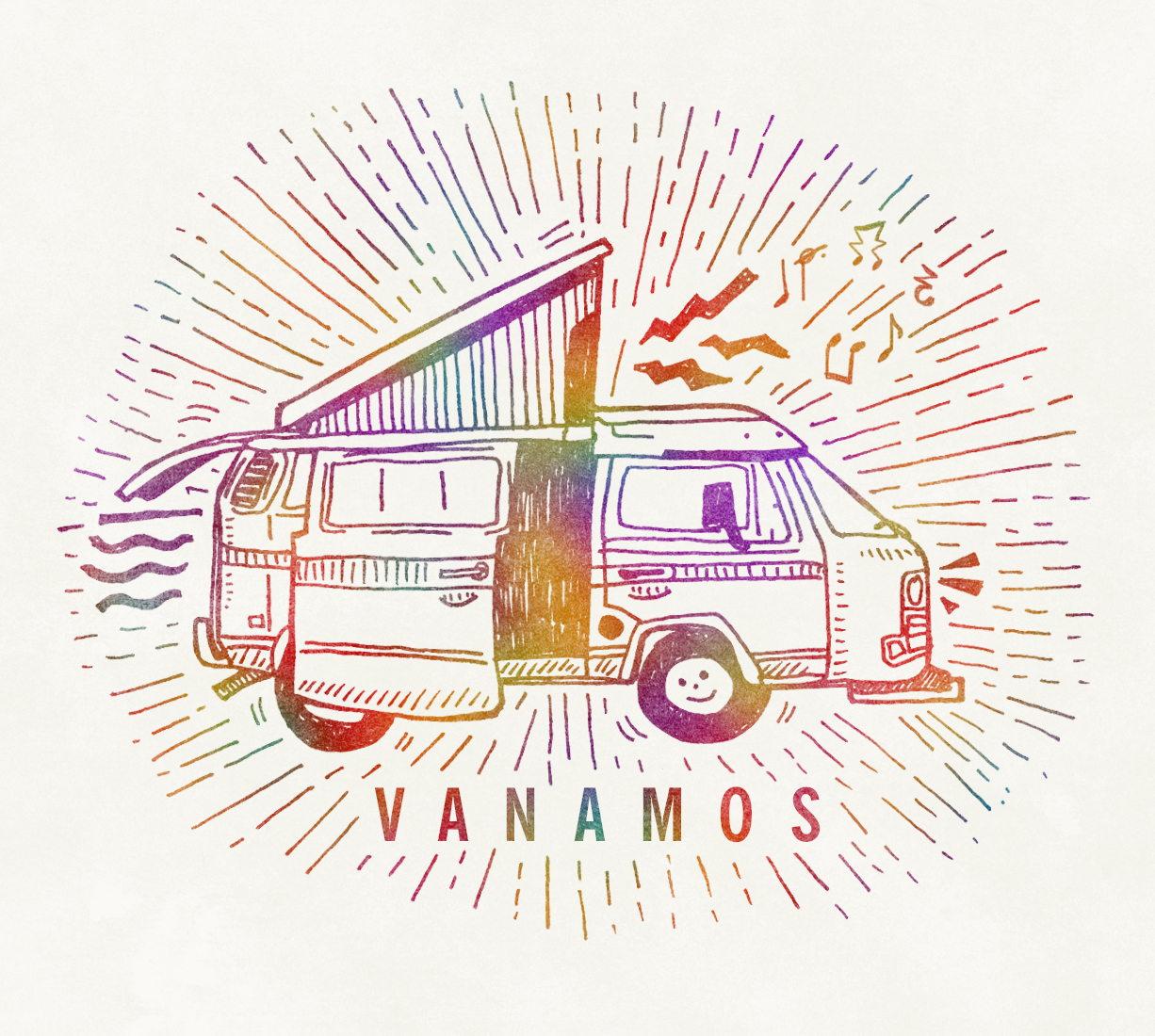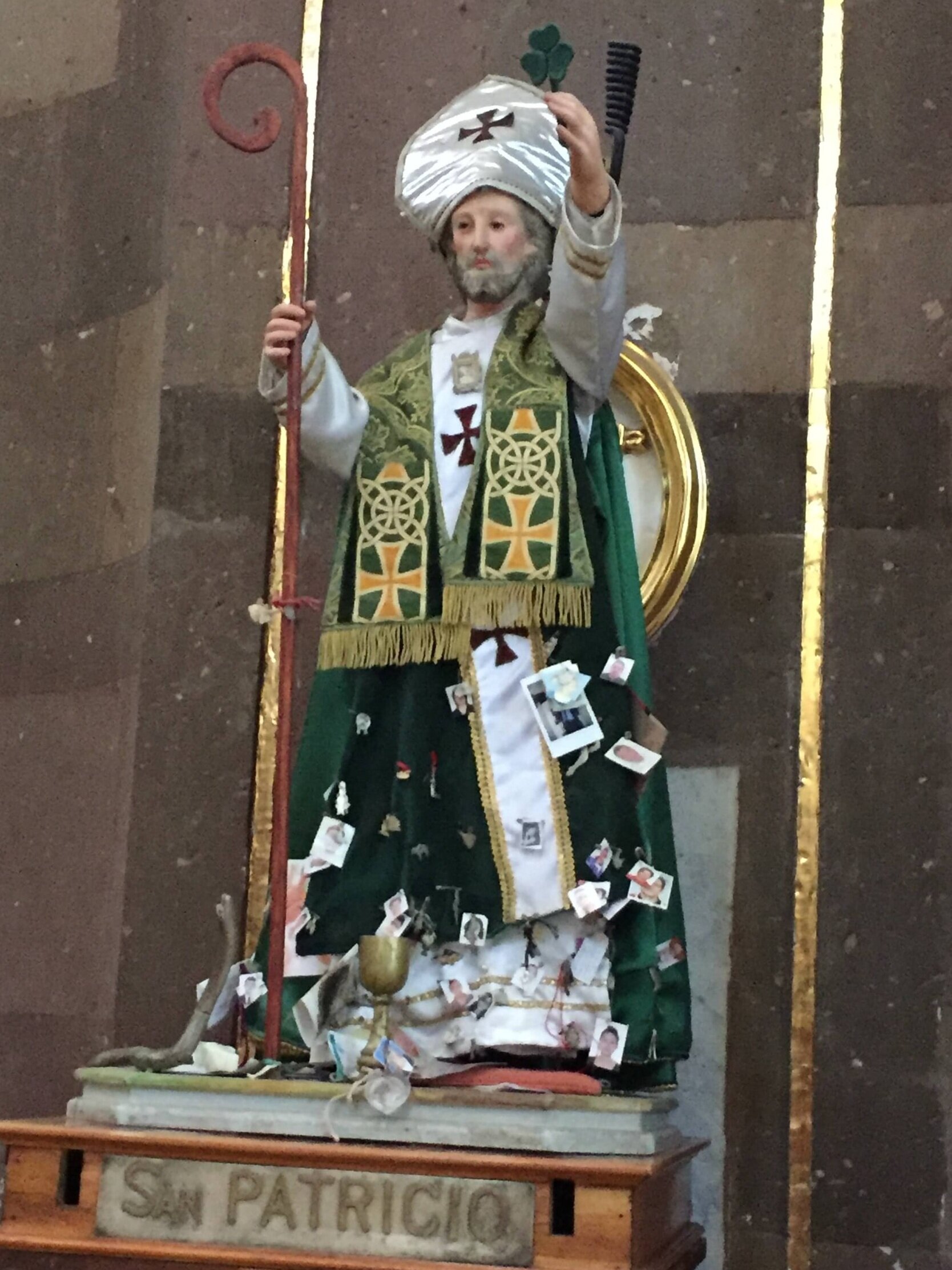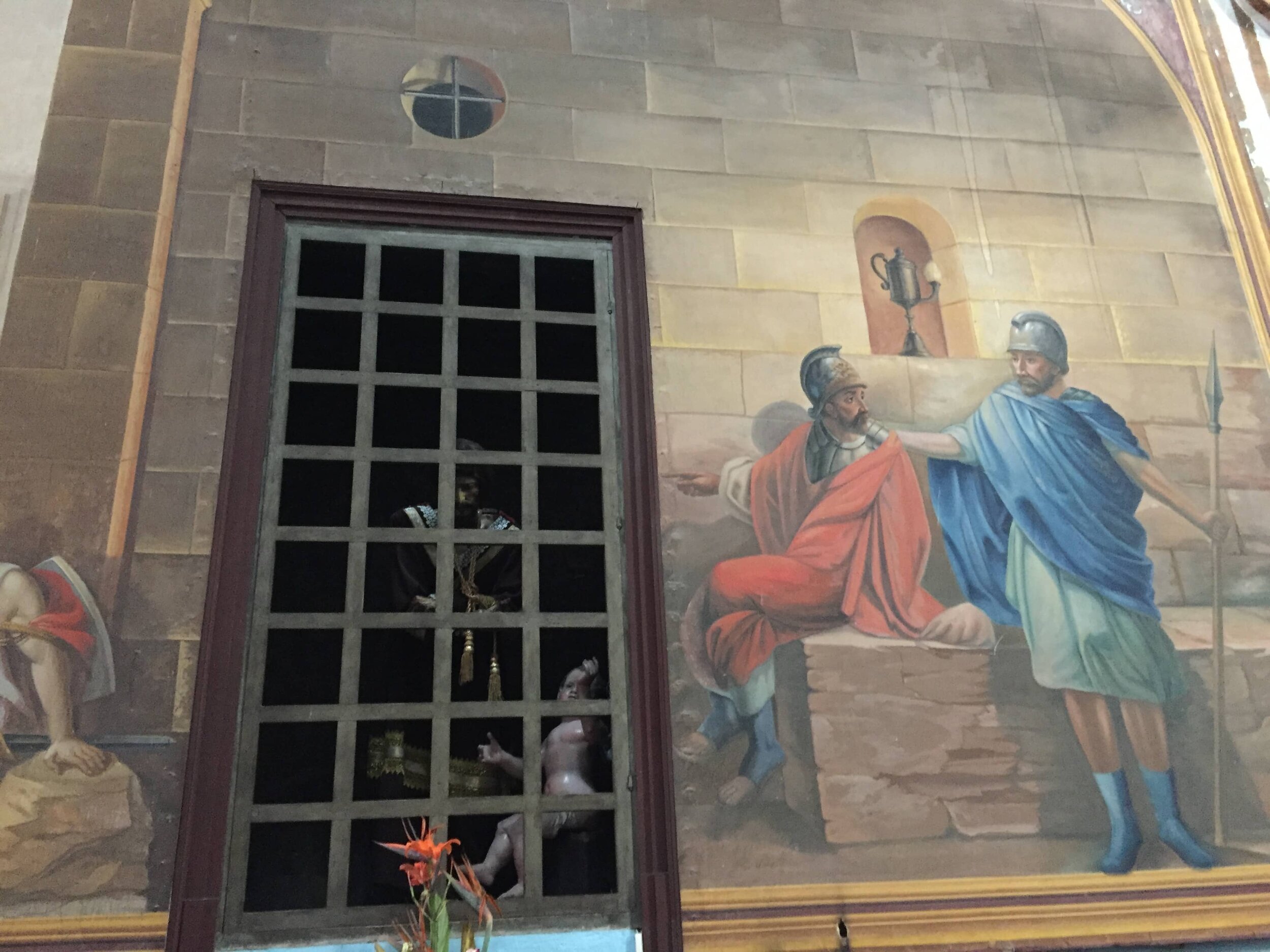In the year 1519, Hernando Cortes came dancing across the waterway with his galleons and guns to the land of New Spain - now known as Mexico. Accompanying Cortes were a band of bearded conquistadores who shared the twin goals of making a fortune in silver and gold, which was rumored to be as ripe for the picking as corn, and converting the indigenous tribes to the worship of Our Lord and Savior Jesus Christ. Although these men came in peace, history has obscured their nobler intentions because the majority of the native people they encountered died by their guns (crossbows and muskets), germs (smallpox), and steel (swords and shackles).
Hernando Cortes, circa 1520.
To be fair, even if we think of them as nothing but treasure seekers, consider that we rarely scoff at our young men and women who seek to get rich through careers in finance, and who do so without the moral subtext of trying to convince Montezuma that the daily ritual of cutting the still-beating hearts out of people, eating their limbs, and smearing their blood all over the walls of the temples and bodies of the priests is a brutal and cruel practice from which he should cease and desist. Regardless of what one may think of the Spaniards’ motivations, one has to admit that the “spiritual conquest” of the Aztecs was a roaring success.
Five hundred years after Cortes first placed his iron-clad foot onto the white sand beaches of the Yucatan Peninsula, approximately 80 percent of the Mexican population identifies with the Church of el Papa (in this context, el Papa means the Pope, not the Potato). One hundred million new devotees of Christ in a half a millennium is a legacy to be proud of, and, as one would imagine, requires a lot of churches to accommodate the worshippers. Cortes himself oversaw the beginning of construction on the first church in the newly conquered territory in 1524, La Catedral Metropolitana de la Asunción de la Santísima Virgen María a los Cielos.
Fray San Juan de San Miguel, the first Spanish settler in San Miguel, demonstrating to one of his devoted followers how to properly wear a mask.
Several hundred kilometers to the northwest of La Catedral, the city of San Miguel de Allende has over 100 churches, ranging in size from pretty big to the equivalent of a broom closet. (To be sure, San Miguel also has a lot of broom closets.) Of course, not all Mexican pueblos are rich with so many dozens of houses of worship. The fledgling settlement of San Miguel de los Chichimecas founded in 1543 by Fray Juan de San Miguel soon became an important protective town along the highway connecting the silver mines of northern Mexico with the capital at Mexico City. Wealthy land owners gave thanks to God for their good fortune and the cheap, native labor, by commissioning ornate churches and opulent mansions to be built in the various “silver cities.” Soon, these cities were recognized as the most beautiful in the country, which caused more money to be poured in in an early demonstration of the rich get richer.
San Miguel de Allende (the town name was changed in the 19th century in honor of native son Ignacio Allende, one of the early agitators for Mexican independence from the Spanish Crown) retains the distinction of being one of the most beautiful cities in Mexico, and arguably, the world. It was recently voted Best Small City in the Conde Nast Traveler 2020 Readers Choice Awards, the third time in the last four years it has won the award. Part of the allure of the city is the Spanish colonial architecture, and the most recognizable building in the city is undoubtedly the 16th Century Gothic cathedral that still stands proudly in the center of town. (Make sure to click the previous link as it leads to a great aerial view of the centro section of town, including many of the churches described below.)
I’m not a student of religion, or of architecture for that matter, but even I recognize the beauty of La Parroquia, as its colloquially known.
La Parroquia de San Miguel Arcangel with its lesser known neighbor La Iglesia de San Rafael to the left.
But unless there is something really spectacular about a church, they often look very much the same to me. Even when I visited St. Peter’s Basilica in Vatican City, perhaps the most famous Catholic church in the world, it looked the same to me as any other church I’d ever seen. If it wasn’t for Michelangelo’s sculpture of “La Pieta” that graces the interior, I could have been convinced I was in the Church of the Annunciation in Paramus, New Jersey.
Despite my ignorance of what makes a church great, I thought it would be a fun exercise to visit some of the more popular (and easy to find) churches in San Miguel and provide my layperson impressions.
Parroquia de San Miguel Arcangel
This is the most famous and instantly recognizable building in town and I’m fairly certain that any web search for San Miguel will open with an image of the waterfall façade and pointed bell towers of this Gothic church of pink sandstone that presides over the central plaza of the city. The spires are visible from just about everywhere in town and the sheer amount of activity that takes place in the shaded square that fronts the church - roving mariachi bands, tourists and locals alike snapping photos and buying flower crowns, people selling corn topped with mayonnaise and chili powder, as well as access to the sole Starbucks in town - make it the first place you are likely to go in San Miguel.
Saint Patrick proudly holds up a three leaf clover. It was the best he could do.
The church is open to the public daily and is free to enter, so I have been inside before. It was a pleasant surprise on my most recent visit that rather than the throngs of tourists wandering the aisles that I am used to rubbing elbows with, there were only a handful of people praying silently on the wooden pews that stretch back fifty yards from the altar. I had ample time and space to wander around freely, but what I saw were innumerable and indistinguishable religious paintings, holy images, and statutes of saints - including one of Saint Patrick. Though, I wouldn’t have known it was Saint Patrick but for the sign indicating as much, and I wouldn’t have known it was THE Saint Patrick but for the clover he proudly holds above his head like he’d just ended a game of Quidditch by catching the snitch.
Iglesia de San Rafael
This church shares the same courtyard with its larger and more famous neighbor La Parroquia, so much so that I never even realized it wasn’t one and the same. While it has much of the same iconography that you are likely to see in any church, one unique feature was the incorporation of lifelike wooden statutes with the oil paintings made directly onto the walls - like a 3D religious diorama. An A+ in my grade book of religious art.
Art in the Iglesia de San Rafael blends two forms. Here, two soldiers painted onto the wall stand guard over a carved wooden Jesus (in the shadows behind the cell door) and a doll size figure of his younger self.
One of the many depictions of the crucifixion in San Miguel’s churches. This one in La Iglesia de San Rafael has the distinction of blending carved figures with a painted background.
Templo de San Francisco
This is a very popular church for wedding ceremonies, probably because the intricately carved entryway makes for a striking photo. The shady square out front has lots of benches and is also a nice place to relax.
The intricately carved pillars at the entrance to the Templo de San Francisco. The church is a favorite for wedding ceremonies and pigeons.
Because the entrance is so unique, I did a little research and learned the columns to either side of the heavy, wooden door are made of sandstone and carved with the figures of saints in a style of baroque architecture called churrigueresque. This style was originated in Spain by a family named Churriguera, and became popular in Mexico in the 1700’s when this church was built.
There was nothing of note inside except the pattern of the tile floor which reminded me of a gymnasium.
Iglesia de Nuestra Senora de la Salud
The concave entranceway, with its scallop shell pattern at top, is the distinguishing feature of this 17th century church. It sits beside the Plaza Civica, an austere but popular multi-level public square where many cultural events are held and where a motorized mini-train for kids makes the rounds on weekends while adults sit on shady benches munching chicken feet and ice cream cones. The church was closed the day I visited so I couldn’t go inside.
Entrance to the Iglesia de Nuestra Senora de la Salud. Note the two wooden doors about halfway up the façade.
View of the bell tower of the Oratorio San Felipe Neri from an interior courtyard. Notice the two lines strung from the bell that run outside of the stone tower and over the roof and side of the yellow building at bottom.
Oratorio San Felipe Neri
This church was built in 1714 to honor San Felipe Neri, an influential person in the Roman Catholic church due to certain reforms he suggested. There was a mass going on when I visited so I couldn’t get close enough to the altar to see the few original 18th century carvings that haven’t been looted, but a door leading to an adjacent courtyard revealed a beautifully carved wooden door (which I now know was carved in the churrigueresque style) as well as the secret to how the church bells are rung.
Templo de la Inmaculada Concepción (Las Monjas)
There was an empty lot of prime real estate where we lived in Alexandria, Virginia with a sign stuck in the grass that said “Future Home of Something or Other Baptist Church.” In the twenty years we lived there, the sign never changed and the church was never built. I guess the congregation was still trying to raise the funds to actually construct something.
Funding wasn’t a problem for this church, nicknamed Las Monjas (the nuns) because of its past use as a convent. In 1755, Josefina Lina de la Canal y Hervas spent her entire inherited fortune for its construction. Since the Canal family was one of the wealthiest families in New Spain at the time and today remains one of the wealthiest in San Miguel, I am willing to bet that Josefina’s inheritance was more than a pittance.
Las Monjas, despite what it may have cost to build, doesn’t do it for me.
Yet, here’s the disconnect for me. Despite the fortune that must have been spent building this church, and while some guidebooks describe it as “one of San Miguel’s most iconic structures” and say that its dome is “a copy of Les Invalides in Paris”, all I see is a plain, yellow building. It may as well be a pharmacy.
It was closed the day I visited so I couldn’t go inside. This was a disappointment because I have been inside it before and wanted to snap a photo of a large oil painting that I remember seeing. As I recall, the painting had several old-timey men and women looking attentively into the crotch of a baby boy (who I assumed was an infant Jesus) while a rabbi-looking guy purposefully held a pair of scissors. My title for the painting - The Circumcision of Christ.
Iglesia de San Juan de Dios
The front of La Iglesia de San Juan de Dios. I couldn’t gain entry, but assume there are plenty of fire extinguishers inside this church of the Patron Saint of firefighters.
Located in a more residential and local area of town, about a fifteen minute walk from the main town plaza, this church is named for John of God, the patron saint of firefighters. While the church was closed the afternoon I visited, I spent about an hour reading and people-watching from the quiet plaza fronting the church. It was pleasant, and no one tried to sell me anything like is often the case outside the more centrally located churches in the touristy parts of town. There is also a statue in the square of Juan Aldama, one of San Miguel’s native sons who was an early revolutionary against the Spanish Crown. He wasn’t wearing a mask but most of the other people who were in the square enjoying the afternoon were.
While the San Juan de Dios church is well located for loitering, many others in town are not. There are innumerable neighborhood churches, not fancy, built from simple cement blocks and sandwiched between the local butcher shop and a vacant lot, or plopped down on a dusty corner with a burro penned across the street. And there are still other holy places waiting to be built.
This cement, rectangular church is in a working class Mexican neighborhood. The phrase on the left side door says - Come to me all of those who are worked and burdened and I will give you rest.
Future site of El Templo de Nuestra Senora Del Rosario.
I’m not trying to defend Cortes and what transpired, but I marvel at how a people who were so brutally conquered could embrace the religion thrust upon them so wholeheartedly. There are even festivals celebrating the conquest - people clad in colonial garb engage in swordplay with natives. It’s ironic that the sacrifice of one man put an end to the sacrifice of so many others.














